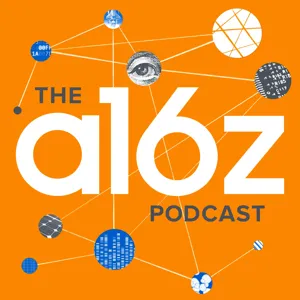When Will AI Hit the Enterprise? Ben Horowitz and Ali Ghodsi Discuss

Today’s episode continues our coverage from a16z’s recent AI Revolution event. You’ll hear directly from a16z cofounder Ben Horowitz and Databricks cofounder and CEO, Ali Ghodsi as they answer questions around AI and the enterprise, plus their perspectives on open source, whether benchmarks are BS, and the scramble of universities to take part in the very wave they kicked off decades ago.
If you’d like to access all the talks from AI Revolution in full, visit a16z.com/airevolution.
Resources:
- Find Ali on Twitter: https://twitter.com/alighodsi
- Find Ben on Twitter: https://twitter.com/bhorowitz
- Check out Databricks: https://twitter.com/databricks
Stay Updated:
Find a16z on Twitter: https://twitter.com/a16z
Find a16z on LinkedIn: https://www.linkedin.com/company/a16z
Subscribe on your favorite podcast app: https://a16z.simplecast.com/
Follow our host: https://twitter.com/stephsmithio
Please note that the content here is for informational purposes only; should NOT be taken as legal, business, tax, or investment advice or be used to evaluate any investment or security; and is not directed at any investors or potential investors in any a16z fund. a16z and its affiliates may maintain investments in the companies discussed. For more details please see a16z.com/disclosures.